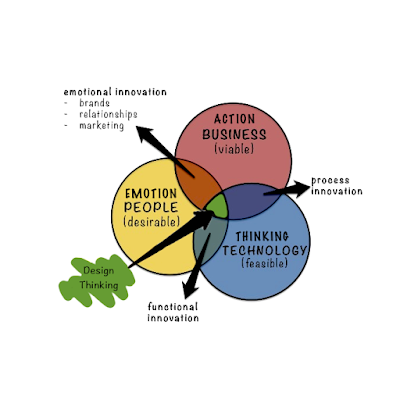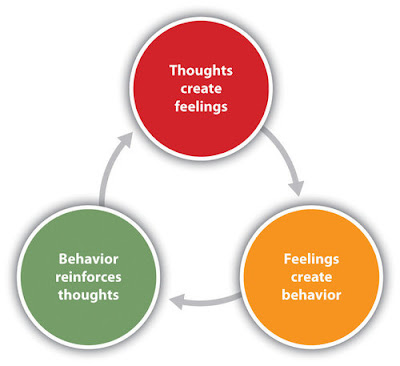 |
| Publish or Perish (Cartoon by Nick Kim, Massey University, Wellington) |
Chapter Two of Part Three of Guide to Creative Action (1976) is an article by J. H. McPherson entitled; The People, The Problems and the Problem Solving Methods, which was reprinted from the Journal of Creative Behavior in 1968. The majority of the article is a spreadsheet of 18 problem solving methods varying in length from two to eight steps, including methods proposed by individuals including Dewey, Guilford, Osborn and Parnes, organizations including General Electric and the US Military and areas of study including Synectics and Operations Research.
Of particular interest is the entry for "Hypothetical Situation" by John Arnold with the following two-step description, three years after Arnold's untimely death.
- Develop a hypothetical situation with many unusual conditions.
- Using this situation as a stimulus, design practical answers to fit the situation.
Arnold's classroom notes and material cover a much wider range of approaches and activities than are described by McPherson, with the creative process being a kind of problem-solving, distinguished from analytical decision-making. Arnold believed a handful of results made an outcome "creative":
- A better combination, not just something different.
- Tangible results; something you can see, or feel or react to in some fashion, not just an idea.
- Forward-looking in time, relating to society’s needs, not merely “recreative.”
- A “synergetic” quality—the value achieved in the combination is much greater than the sum of the parts (a multiplicative effect).
- Question and Observation (Preparation / analysis)
- Associate (Production / synthesis)
- Predict (Decision / evaluation)
The value of a creative result was judged by its increased function, improved performance, and lowered cost. The most important aspect of the creative process was in figuring out what people need and thus would want to buy, in other words; technology applied to human-centered business.
Arnold sought to balance analytical approaches to technology by combining different perspectives for understanding and solving a problem, advocating a broad perspective. He stated that challenges of “the modern age” called for engineers to be bold, devising entirely new kinds of solutions.





























